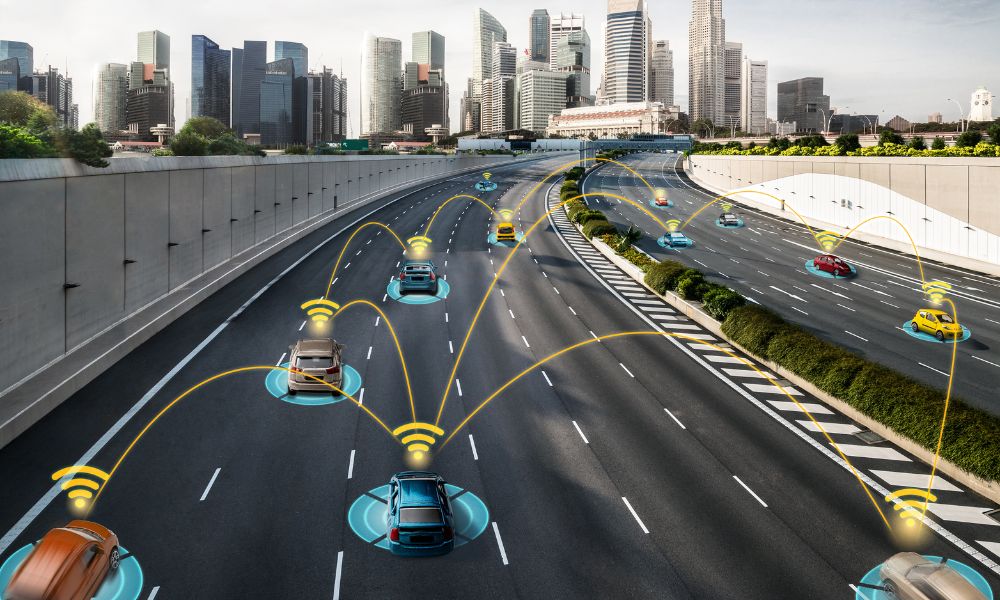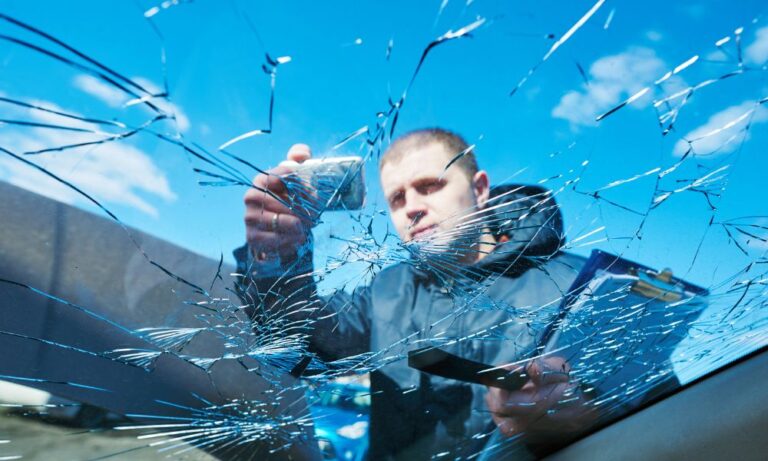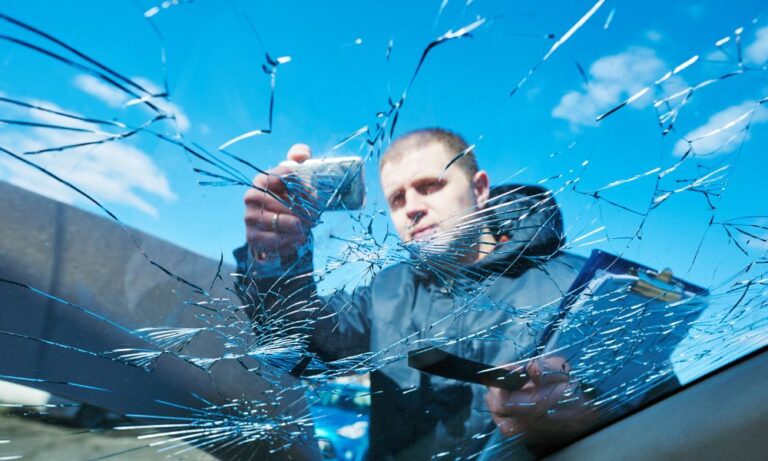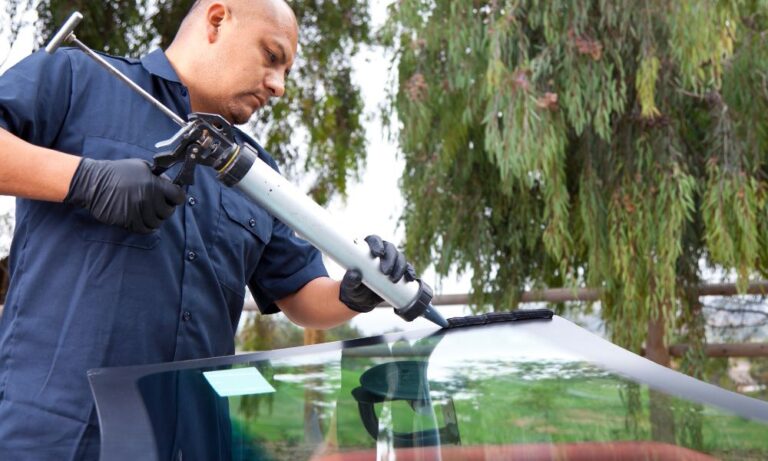In this blog post, we will delve deeper into the...
Installing and Calibrating Lane Assist Sensors: A Comprehensive Guide

In recent years, the automotive industry has witnessed significant advancements in technology, particularly in the realm of vehicle safety systems. One such innovation that has garnered widespread attention is the lane assist sensor, a critical component of advanced driver assistance systems (ADAS).
Lane assist sensors play a pivotal role in enhancing road safety by providing real-time feedback and interventions to help drivers maintain their lane position. However, the effectiveness of these sensors hinges on their proper installation and accurate calibration.
This comprehensive guide will walk you through the process of installing and calibrating lane assist sensors, shedding light on the technical intricacies and practical considerations involved.
Understanding Lane Assist Sensors: A Brief Overview
Before we delve into the nitty-gritty of installation and calibration, let’s grasp the basic functionality of lane assist sensors. These sensors predominantly utilize a combination of camera-based and radar-based technologies to detect lane markings and the vehicle’s relative position within the lane.
Working in harmony with the vehicle’s control systems, they issue alerts, such as audible or visual warnings, when the vehicle drifts across lanes without the activation of turn signals. In some instances, these sensors can take proactive measures by gently guiding the vehicle back into its designated lane.
All You Need to Know About Pre-Installation Preparations
The journey to successfully installing and calibrating lane assist sensors begins with meticulous preparation. Procuring the essential tools and information lays the foundation for a smooth installation process.
Vehicle manufacturers typically provide comprehensive installation manuals tailored to specific models, which serve as indispensable resources. Furthermore, assembling the requisite tools—including screwdrivers, wrenches, and a torque wrench—ensures that the installation is conducted accurately and safely.
Step-by-Step Installation Process
1. Locating the Lane Assist Sensor Mounting Position
The initial step involves identifying the optimal placement for mounting the lane assist sensor. Conventionally, these sensors find their home behind the vehicle’s windshield, positioned near the rearview mirror. This strategic positioning guarantees an unobstructed view of the road ahead and minimizes potential visual hindrances.
2. Removing Panels and Accessing the Sensor Compartment
Following the guidance provided by the manufacturer, cautiously dismantle the interior panels required to access the sensor compartment. This phase necessitates careful handling to prevent any inadvertent damage to the panels or interconnected components.
3. Mounting the Lane Assist Sensor
With the utmost care, affix the sensor bracket or housing, utilizing the provided hardware. It’s imperative to ensure that the sensor is firmly secured and accurately aligned in accordance with the manufacturer’s specifications.
4. Connecting Wiring and Power Supply
Effectively establish the connection between the sensor’s wiring harness and the designated connectors within the vehicle. This phase might involve intricately routing wires through the vehicle’s interior, necessitating a meticulous approach to avoid interfering with other components.
5. Reassembling Interior Panels
Upon confirming the sensor’s secure mounting and proper wiring, proceed to reassemble the interior panels that were previously removed. This restoration process ensures a seamless integration of the sensor into the vehicle’s interior.
The Importance of Calibration
Calibration serves as the pivotal step that guarantees the accurate operation of the lane assist sensor. This procedure involves aligning the sensor’s field of vision with the road and fine-tuning its settings to harmonize with the vehicle’s specific attributes.
1. Static Calibration
Static calibration mandates situating the vehicle within a controlled environment equipped with precise targets that replicate lane markings. The sensor’s output is then meticulously compared against anticipated values, with adjustments being made to achieve perfect alignment. It’s important to note that static calibration is commonly executed by professionals utilizing specialized equipment.
2. Dynamic Calibration
Dynamic calibration transpires during typical driving scenarios. The sensor continuously scrutinizes real-world road conditions and refines its settings based on the data amassed. This dynamic process enhances the sensor’s accuracy and adaptability across varying road conditions.
Common Challenges and Best Practices
1. Environmental Factors
Environmental variables, such as heavy rain, snow, or fog, can obstruct the sensor’s view, thereby influencing its functionality. Regular cleaning of the sensor’s lens is imperative to preserve accuracy, particularly when encountering adverse weather conditions.
2. Road Marking Variability
Irregular or faded lane markings pose a challenge to sensor detection. Manufacturers are consistently fine-tuning algorithms to address such scenarios, but drivers must remain vigilant when navigating areas with ambiguous or worn-out lane markings.
3. Regular Maintenance
Similar to other vehicle components, lane assist sensors necessitate periodic maintenance. Adhering to the manufacturer’s recommended maintenance schedule and promptly addressing any sensor-related error messages are vital practices to ensure optimal functionality.
Empowering Safer Roads Through Proper Installation and Calibration
Lane assist sensors epitomize a quantum leap in vehicular safety technology. By providing drivers with the tools to uphold proper lane positioning and mitigating unintended lane departures, these sensors tangibly contribute to accident reduction and the preservation of human lives. However, their efficacy pivots upon precise installation and meticulous calibration.
As vehicle technology continues to evolve, manufacturers are committed to streamlining the installation and calibration procedures, rendering them accessible to both professionals and automotive enthusiasts.
By adhering to manufacturer guidelines, factoring in environmental influences, and embracing established best practices, we collectively contribute to fostering safer roads for all road users. Properly calibrated lane assist sensors hold the potential to be a beacon of road safety in the modern automotive landscape.
Popular Searches
Audi Windshield Replacement in Santa Clara County
Auto Car Window Tinting in Santa Clara County
Auto Glass Repair and Replacement in Santa Clara County
Auto Glass Repair in Santa Clara County
BMW Windshield Chip Repair in Santa Clara County
BMW Windshield Repair and Replacement Services in Santa Clara County
Car Window Repair in santa clara
Car Window Repair in Santa Clara County
Commercial truck windshield replacement
Dodge Windshield Repair and Replacement Services in Santa Clara County
Dodge Windshield Replacement in Santa Clara County
Glass repairs for cars near me
Honda pilot windshield replacement cost
Honda Windshield Repair and Replacement Services in Santa Clara County
Honda Windshield Replacement in Santa Clara County
Hyundai Tucson windshield replacement
Hyundai Windshield Repair and Replacement Services in Santa Clara County
Hyundai Windshield Replacement in Santa Clara County
Jeep Windshield Repair and Replacement Services in Santa Clara County
Jeep Wrangler Windshield Replacement in Santa Clara County
Kia Windshield Repair and Replacement Services in Santa Clara County
Kia Windshield Replacement in Santa Clara County
Mobile Auto Glass in Santa Clara County
Mobile Auto Glass Repair in Santa Clara County
Mobile glass replacement near me
Same day windshield repair near me
Toyota Camry side mirror glass replacement
Windshield Calibration in Santa Clara County
Windshield Chip Repair in Santa Clara County
Windshield chip repair near me
Windshield Repair and Replacement Services in Santa Clara County
Windshield Repair and Replacement Services Near Me
Windshield Repair in Santa Clara County
Windshield repair service near me
Windshield Replacement Near Me
Windshield Replacement Services in Santa Clara County
Read more Articles
Auto Glass Insurance Claims: Understanding Coverage and the Claims Process
In this blog post, we will delve deeper into the...
Auto Glass Care in Extreme Weather Conditions: Snow, Heat, and Rain
In this blog post, we will delve deeper into the...



